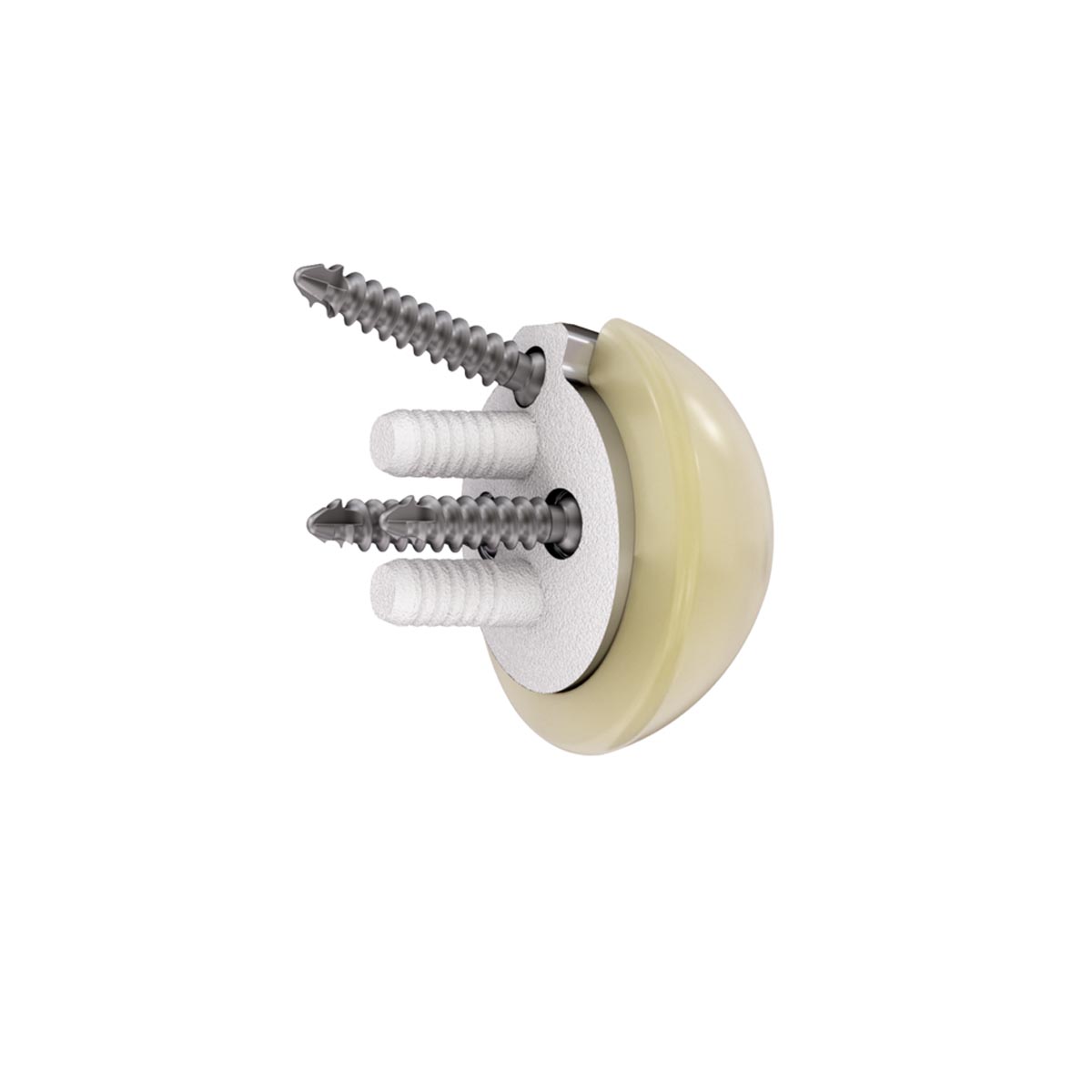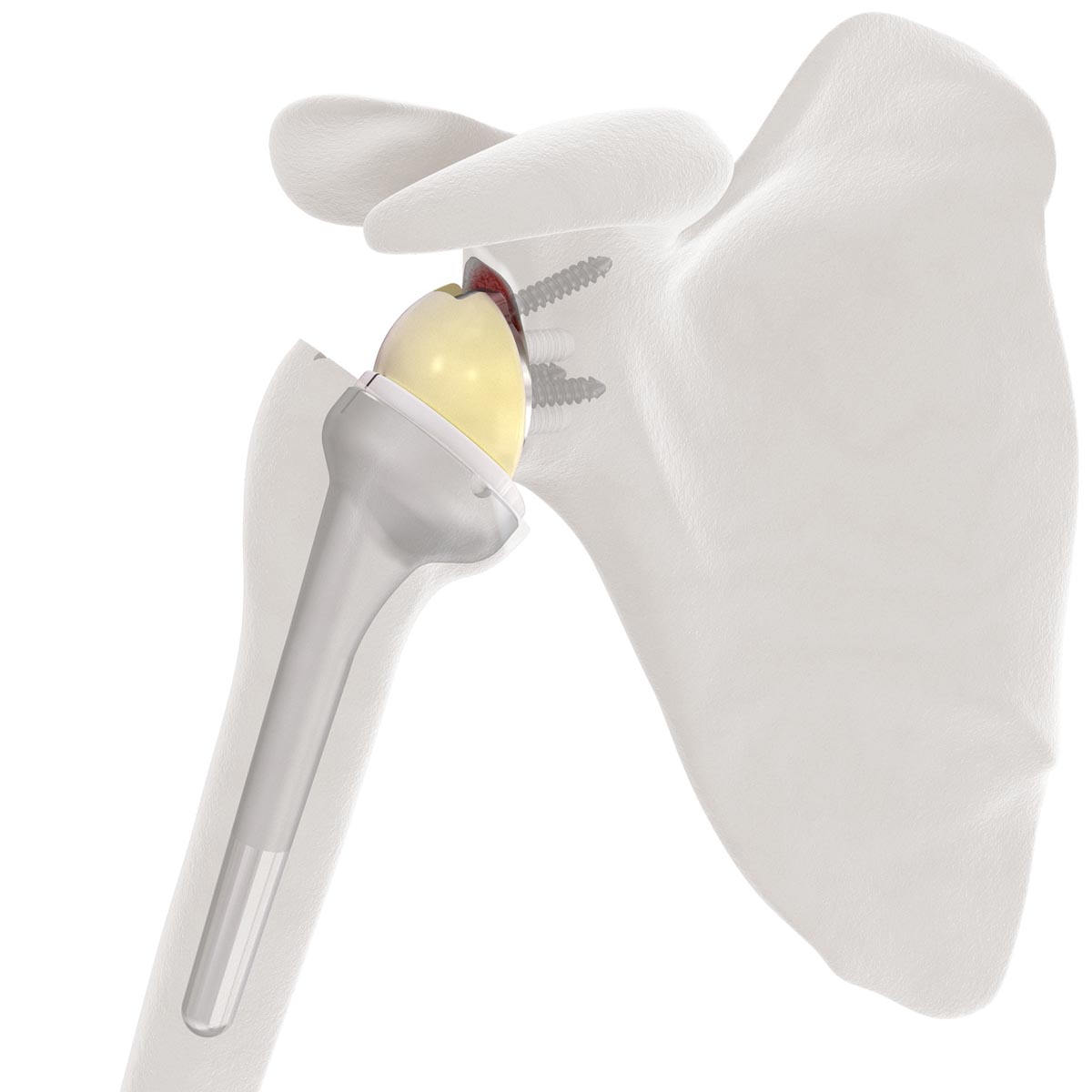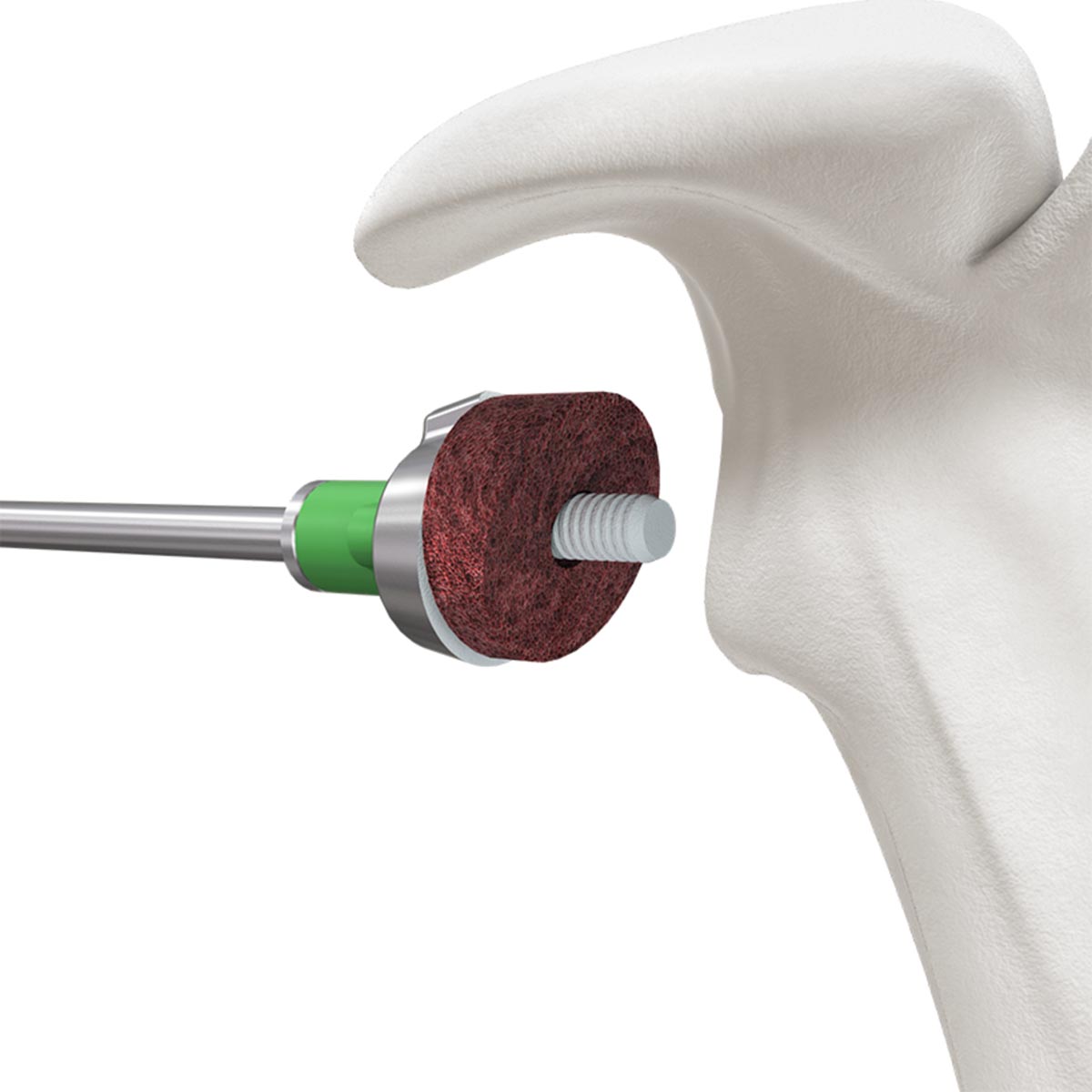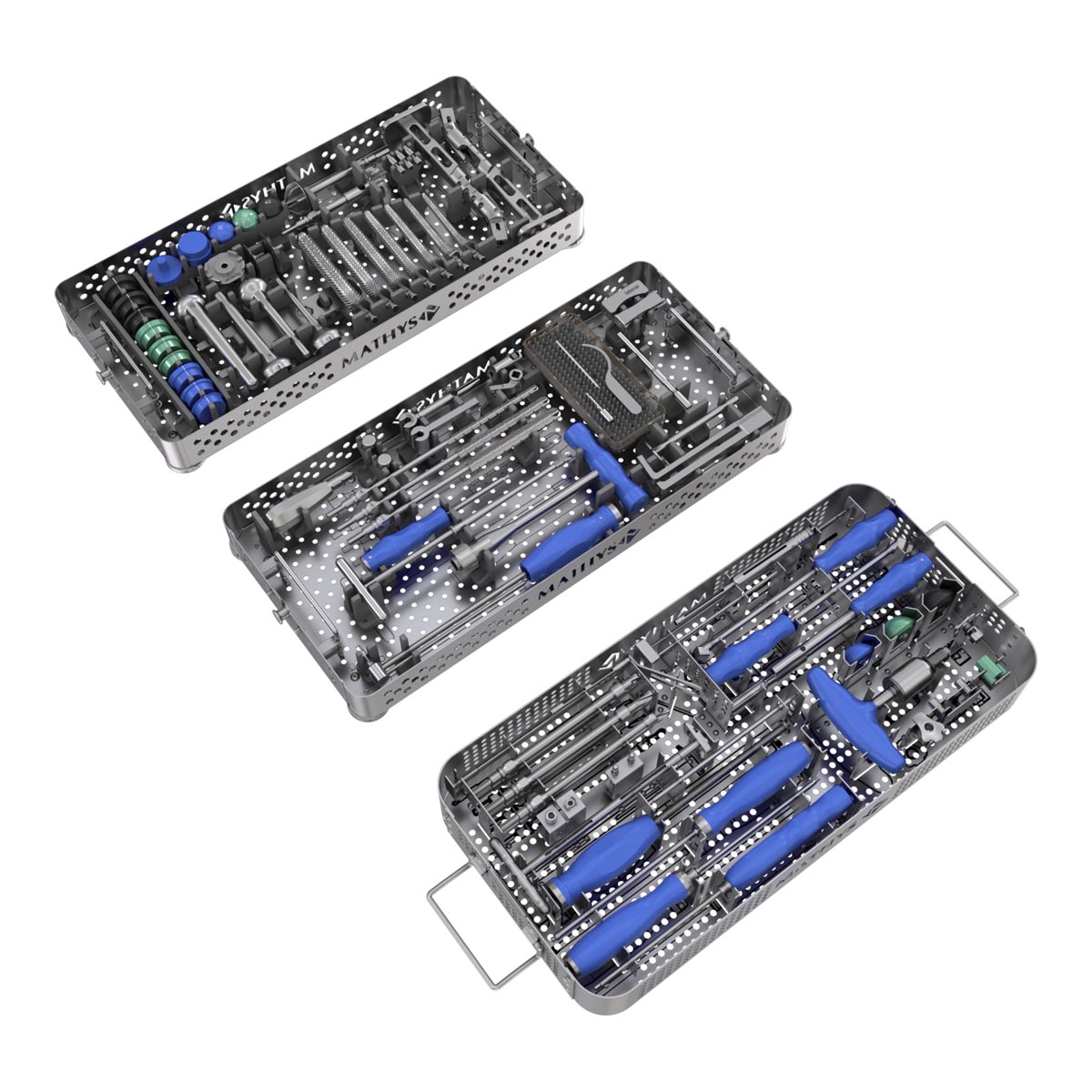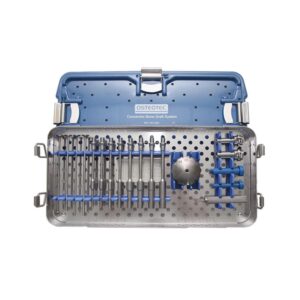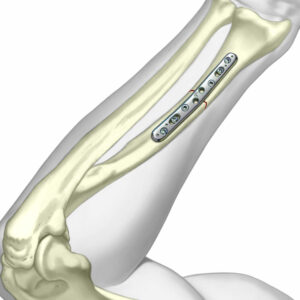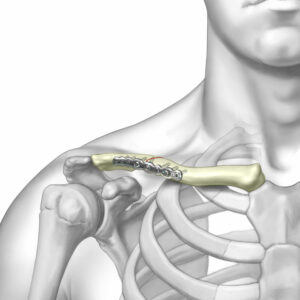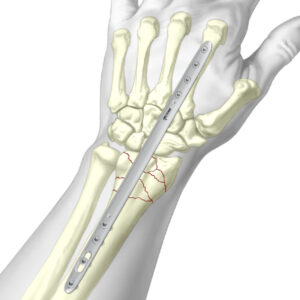Affinis® Inverse
MATHYS
Affinis® Inverse
Inverse Shoulder Prosthesis
DESCRIPTION: Affinis Inverse, evolutionary, inverse and proven.
EVOLUTIONARY: Inlay screw notching was eliminated by metaglene optimisation to a two-peg design without an inferior screw. An increased impingement-free range of motion is achieved by a systematic glenosphere overhang and chamfered inlays – with an effective humeral stem inclination of 147°.1
INVERSE: With an inversion of the materials in the tribological pairing, polyethylene abrasion at the scapular neck and the surrounding structures is eliminated.2 This results in a reduced risk of polyethylene-induced diseases.3-6
PROVEN: Proven primary procedure with more than 10 years of clinical experience and strong clinical evidence.7,8
PROGRESSIVE: In case of possible hypersensitivity to metal ions, Affinis Inverse provides a standard solution for allergy patients. The unique vitamys-ceramic tribological pairing highlights the principle for low wear9 and durable prostheses.
CLEVER: A straightforward set concept and a clever instrumentation simplify the workflow during implantation. Furthermore, all surgical steps are instrument guided, thereby reproducible results can be achieved.
Enquire
For further information, questions regarding this product, or to discuss alternative solutions, please get in touch with your local Sales Specialist or our Head Office using the form or the contact details at the bottom of the page.
Stay in touch
NEWSLETTER
Sign up to receive email updates on new product announcements, insights on surgical techniques from surgeons, specialists, and sales representatives and industry trends, such as changes in regulations and new research findings.
